Baking gluten-free doesn’t have to be complicated, and this article is here to prove it. Whether you’re newly gluten-free or a seasoned baker exploring alternatives, this guide covers everything you need to know. From selecting the right ingredients to troubleshooting common issues, and even adding creative twists, you’ll walk away with the confidence to bake flaky, tender, and absolutely delicious biscuits. Let’s dive in and uncover the secrets to mastering a gluten free biscuit recipe!
Understanding Gluten-Free Baking
Creating a gluten free biscuit recipe that rivals its traditional counterpart requires a basic understanding of what makes gluten-free baking unique. Let’s break it down.
What Does Gluten-Free Mean?
Gluten is a protein found in wheat, barley, and rye that gives traditional baked goods their elasticity and structure. In gluten-free baking, we eliminate this protein entirely. People may follow a gluten-free diet for health reasons, such as celiac disease, gluten sensitivity, or simply as a lifestyle choice.
Without gluten, bakers rely on substitutes to mimic its properties. That’s where specialized flours and binding agents step in.
Why Choose Gluten-Free Biscuits?
Ever wondered why gluten free biscuits are a hot favorite among health-conscious eaters? They’re easier on digestion, suitable for those with dietary restrictions, and can be just as tasty. The best part? You don’t have to compromise on texture or flavor—thanks to the wide variety of gluten-free flours available today.
Common Challenges in Gluten-Free Baking
Let’s face it: gluten-free baking can feel like solving a puzzle. Without gluten, your dough might crumble, your biscuits may lack fluffiness, or the texture could feel too dense. But don’t fret! By understanding the role of ingredients and learning a few clever tricks, you can easily overcome these challenges.
Here’s a pro tip: always measure your ingredients carefully and avoid overworking the dough to maintain the light, airy texture we all love in biscuits.
Essential Ingredients for Gluten-Free Biscuits
When it comes to a gluten free biscuit recipe, choosing the right ingredients is key to achieving that flaky, buttery texture. Here’s a closer look at the pantry staples you’ll need and why they matter.
Choosing the Right Gluten-Free Flour
Not all gluten-free flours are created equal! The base of any gluten free biscuit recipe typically involves a blend of flours like rice, almond, or sorghum flour. These flours each contribute unique qualities, but using a pre-mixed gluten-free all-purpose flour can simplify the process. Look for a blend labeled as 1:1, meaning it’s designed to replace traditional flour in equal amounts.
For added fluff, consider including a little tapioca or potato starch. These starches improve the texture and help mimic the structure that gluten normally provides.
Importance of Binding Agents
Binding agents are the glue that holds your gluten-free dough together. Without gluten, your biscuits could crumble or fall apart. Common binding agents include xanthan gum, guar gum, or psyllium husk.
Most store-bought gluten-free flour blends already include a binding agent, so double-check the packaging before adding more. Using too much can make the dough gummy, while too little can make it fragile.
Optional Additives for Texture and Flavor
A little creativity can elevate your gluten free biscuit recipe to the next level! Adding a dollop of sour cream, Greek yogurt, or even applesauce can help keep your biscuits moist. For an extra buttery flavor, try incorporating a teaspoon of ghee or dairy-free butter.
Want to make your biscuits stand out? Add shredded cheese, fresh herbs, or a sprinkle of garlic powder to the mix for a savory twist.
Step-by-Step Gluten Free Biscuit Recipe
Now that you’ve got your ingredients ready, let’s dive into the step-by-step process for making the perfect gluten free biscuit recipe. This method is simple, quick, and guarantees fluffy, golden-brown biscuits every time.
Preparing Your Workspace and Tools
Before you begin, gather your tools: a mixing bowl, a rolling pin, and a biscuit cutter. Preheat your oven to 425°F (220°C) and line a baking sheet with parchment paper. Having everything prepped and ready will make the process smoother.
Ingredients Breakdown
Here’s what you’ll need:
- 2 cups gluten-free all-purpose flour (with xanthan gum included)
- 1 tablespoon baking powder
- 1/2 teaspoon baking soda
- 1 teaspoon salt
- 6 tablespoons cold butter (or dairy-free alternative), cubed
- 3/4 cup buttermilk (or dairy-free milk with a splash of lemon juice)
Detailed Step-by-Step Instructions
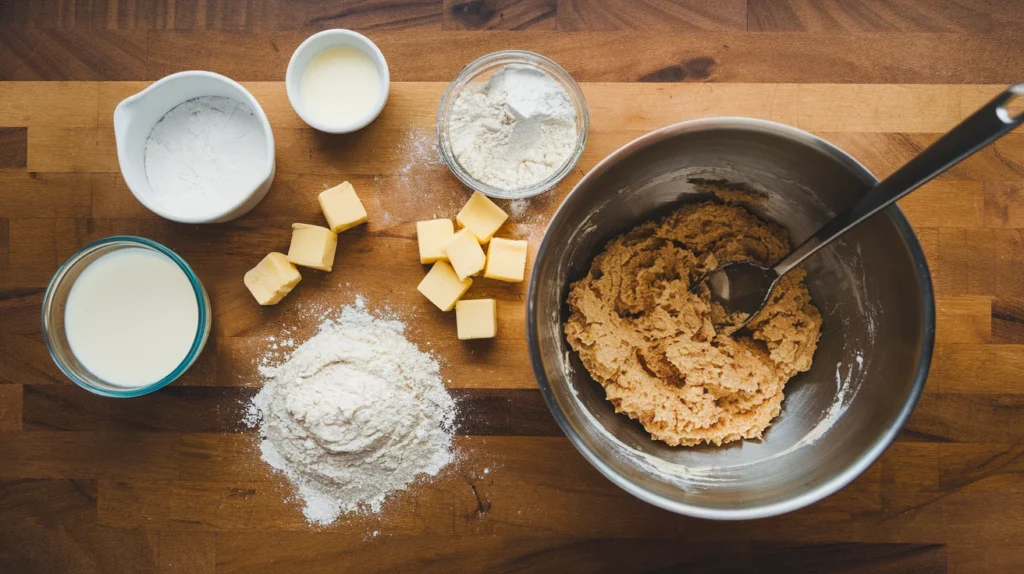
- Mix the dry ingredients: In a large bowl, combine the gluten-free flour, baking powder, baking soda, and salt. Stir well to ensure an even mix.
- Cut in the butter: Using a pastry cutter or your fingers, work the cold butter into the dry ingredients until the mixture resembles coarse crumbs.
- Add the liquid: Gradually pour in the buttermilk, stirring gently with a fork. Stop once the dough starts to come together; avoid overmixing.
- Roll and cut: Turn the dough out onto a floured surface and gently pat it into a 1-inch-thick rectangle. Use a biscuit cutter to cut rounds, pressing straight down to avoid sealing the edges.
- Bake: Place the biscuits on the prepared baking sheet, close together but not touching. Bake for 12-15 minutes or until the tops are golden brown.
Tips for Achieving Flaky and Tender Biscuits
- Keep all your ingredients cold—especially the butter! This creates steam during baking, giving the biscuits their signature layers.
- Avoid twisting the biscuit cutter. Twisting seals the edges, preventing the biscuits from rising properly.
- If you’re using a dairy-free milk alternative, opt for one with a higher fat content, like coconut milk, to maintain richness.
Variations and Customizations
One of the best things about a versatile gluten free biscuit recipe is the countless ways you can customize it to suit your preferences. Whether you’re experimenting with flavors or adapting the recipe for dietary needs, there’s something for everyone.
Dairy-Free and Vegan Modifications
Making your biscuits dairy-free or vegan is simpler than you might think. Swap out butter for plant-based alternatives like vegan butter or coconut oil. For buttermilk, mix any dairy-free milk (like almond, oat, or soy) with a tablespoon of lemon juice or apple cider vinegar.
Need an egg substitute? Flaxseed or chia seed “eggs” work wonders. Combine one tablespoon of ground seeds with three tablespoons of water and let it sit for a few minutes to thicken.
Incorporating Herbs, Cheese, or Spices
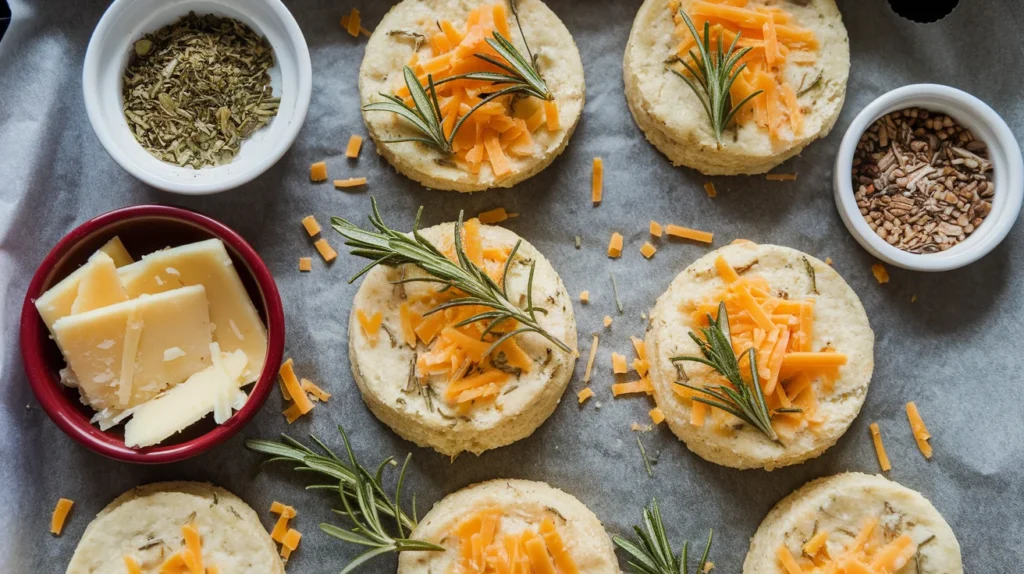
Add a gourmet touch to your gluten free biscuit recipe by mixing in chopped fresh herbs like rosemary or thyme. For a cheesy twist, fold in shredded cheddar or parmesan. If you’re a fan of spicy flavors, sprinkle in some smoked paprika or chili flakes for a kick.
These variations not only elevate the flavor but also make your biscuits perfect for any occasion, from breakfasts to holiday dinners.
How to Make Sweet Gluten-Free Biscuits
If you have a sweet tooth, don’t worry—this recipe has you covered. Add two tablespoons of sugar to the dry ingredients and consider mixing in cinnamon or nutmeg. You can even top the biscuits with a glaze made from powdered sugar and milk for a dessert-like treat.
For a decadent dessert, serve your sweet biscuits with our creamy and indulgent Cream Cheese White Chocolate Pudding Mix.
Serving and Storing Gluten-Free Biscuits
Once you’ve baked the perfect batch of gluten free biscuits, knowing how to serve and store them will keep their flavor and texture intact.
Best Pairings and Meal Ideas
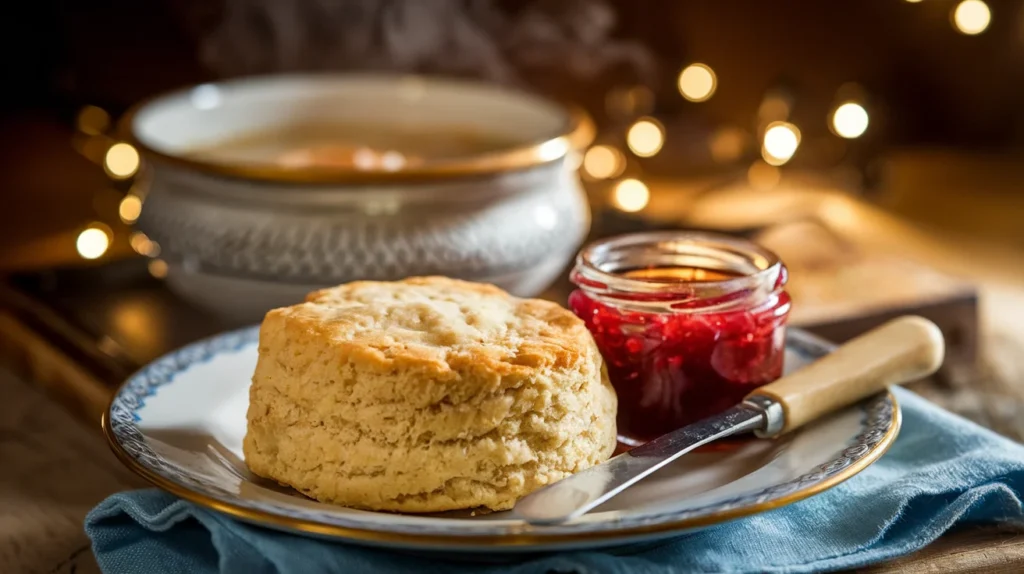
These biscuits are incredibly versatile and can complement a variety of dishes. Serve them warm with butter and jam for breakfast, or pair them with soups and stews for a hearty meal. For a southern classic, whip up some sausage gravy to pour over your biscuits.
If you’re hosting, these biscuits also make a great base for sliders or mini sandwiches!
How to Store and Reheat Biscuits
To keep your biscuits fresh, store them in an airtight container at room temperature for up to three days. If you prefer a longer shelf life, refrigerate them for up to a week. When it’s time to enjoy them again, reheat the biscuits in the oven at 350°F (175°C) for about five minutes to restore their warmth and softness.
Can You Freeze Gluten-Free Biscuits?
Absolutely! After baking, allow the biscuits to cool completely, then place them in a freezer-safe bag. They can be frozen for up to three months. When you’re ready to serve, thaw them at room temperature and warm them in the oven for a few minutes.
Frequently Asked Questions About Gluten-Free Biscuit Recipes
Even experienced bakers have questions when it comes to mastering a gluten free biscuit recipe. Here, we’ll address some of the most common queries to help you bake with confidence.
Does Pillsbury make gluten-free biscuits?
Pillsbury currently does not produce gluten-free biscuits. Although they once offered a gluten-free line of dough products, including biscuits, it was discontinued. However, there are many other brands and homemade recipes that cater to gluten-free needs.
Which biscuits are naturally gluten-free?
Biscuits made with naturally gluten-free ingredients, such as almond flour, coconut flour, or oats, can be considered naturally gluten-free. Some traditional recipes in certain cuisines, like cornmeal-based biscuits or rice flour biscuits, are inherently gluten-free as they avoid wheat, barley, and rye.
Do gluten-free biscuits taste different?
Yes, gluten-free biscuits may have a slightly different taste and texture compared to regular biscuits. This is because they lack the elasticity that gluten provides. However, with the right mix of gluten-free flours and ingredients, they can be just as flaky, tender, and flavorful as traditional biscuits.
Why did Pillsbury discontinue gluten-free?
Pillsbury discontinued its gluten-free line due to low sales and demand. The company likely found it challenging to compete in a market with many smaller brands that specialize in gluten-free products. Despite this, there are numerous alternative options and recipes available for those who need gluten-free biscuits.
Expert Tips for Perfect Gluten-Free Biscuits Every Time
Mastering a gluten free biscuit recipe might take a little practice, but with these expert tips, you’ll be baking like a pro in no time.
Avoiding Common Mistakes
One of the most common pitfalls in gluten-free baking is using the wrong flour or skipping crucial steps. Always double-check your measurements and preheat the oven before starting. Cold ingredients, especially butter, are essential for creating those flaky layers.
Avoid overmixing the dough. A light hand ensures the biscuits stay tender and rise beautifully.
Adjusting for Altitude or Humidity
If you live in a high-altitude area, you may need to adjust your recipe slightly. Adding a touch more liquid can compensate for the drier environment, while reducing baking powder prevents over-rising.
For humid climates, keep your flour stored in a cool, dry place to avoid clumping. If the dough feels too sticky, sprinkle in a bit more flour, one tablespoon at a time, until it reaches the right consistency.
Secrets for Enhancing Flavor and Texture
Want biscuits that are even more flavorful? Add a pinch of salt or a teaspoon of sugar to balance the flavors. For an extra flaky texture, try laminating the dough—fold it over itself a couple of times before cutting out the biscuits.
Experimenting with different fats, like ghee or clarified butter, can also deepen the flavor profile of your gluten free biscuit recipe.
Related Recipes and Next Steps
Exploring other recipes is a great way to expand your gluten-free baking repertoire. Once you’ve mastered the gluten free biscuit recipe, there are plenty of other gluten-free treats to try.
Other Gluten-Free Bread Alternatives
Biscuits are just the beginning! If you love the idea of gluten-free baking, you might enjoy making bread rolls, sandwich loaves, or even naan. Many of these recipes use similar techniques and ingredients, so they’re a natural next step.
For a simpler alternative, try gluten-free flatbreads or tortillas. These are quick to make and work well with almost any meal.
Exploring Gluten-Free Meal Ideas
Gluten-free biscuits are incredibly versatile and can be paired with a wide variety of dishes. Use them as the base for a breakfast sandwich, crumble them over a savory casserole, or enjoy them alongside hearty soups and stews.
For more creative ideas, consider making a biscuit-based pot pie or even turning them into dessert with a dollop of whipped cream and fresh fruit.
For another gluten-free treat, try our Pumpkin Banana Loaf, a moist and flavorful option perfect for any time of the day.
Conclusion and Final Thoughts
Baking the perfect gluten free biscuit recipe is a rewarding experience that opens the door to endless culinary possibilities. With the tips and tricks shared in this guide, you’ll be able to create biscuits that are flaky, tender, and bursting with flavor.
Why Practice Makes Perfect
The key to gluten-free baking success is patience and practice. Each batch you make helps you refine your techniques and understand the nuances of working with gluten-free ingredients. Don’t be discouraged if your first try isn’t perfect—every baker starts somewhere.
Your Next Steps in Gluten-Free Baking
Ready to take your baking skills further? Experiment with variations, explore new recipes, and share your creations with friends and family. The world of gluten-free baking is full of delicious surprises, and this gluten free biscuit recipe is just the beginning.



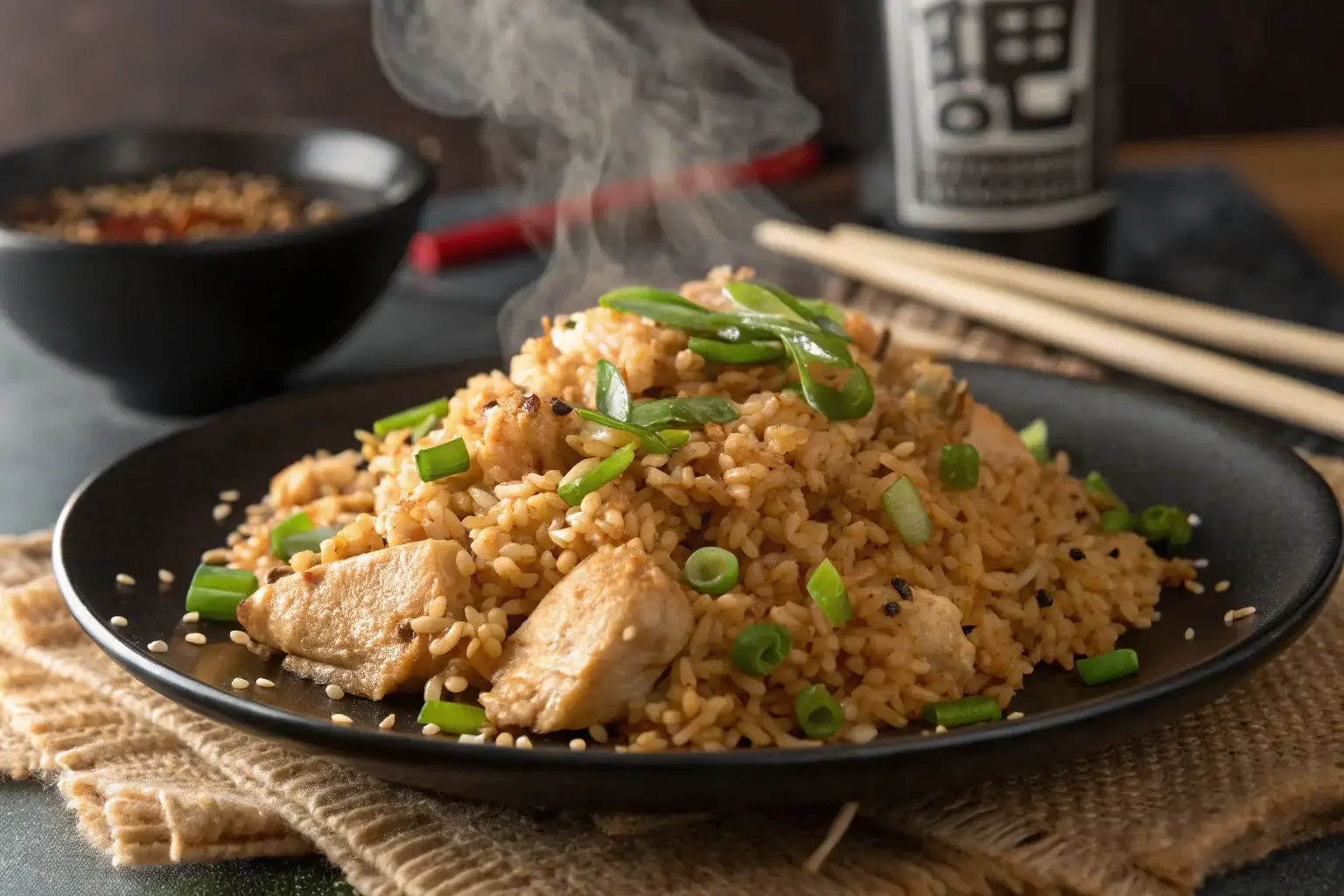
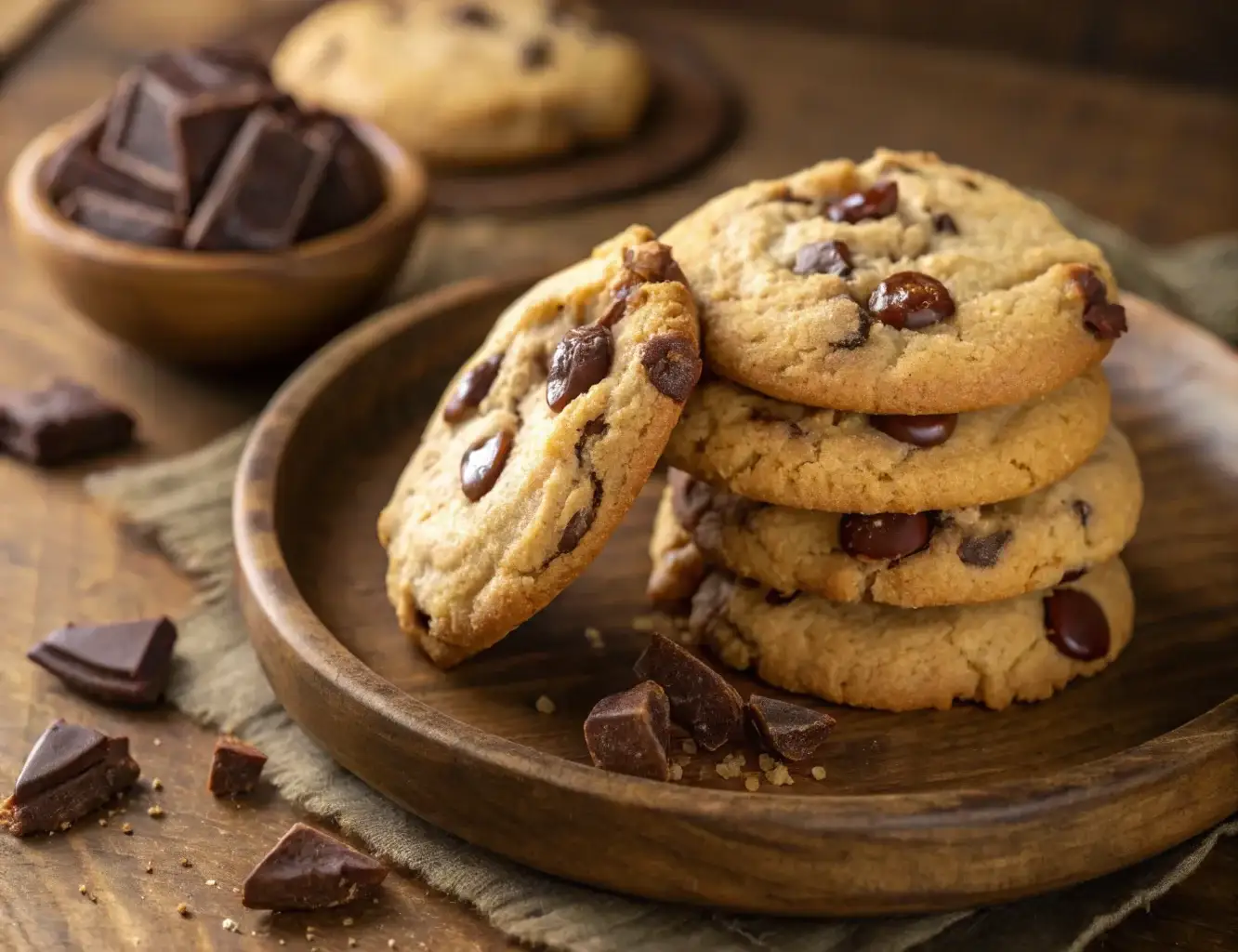
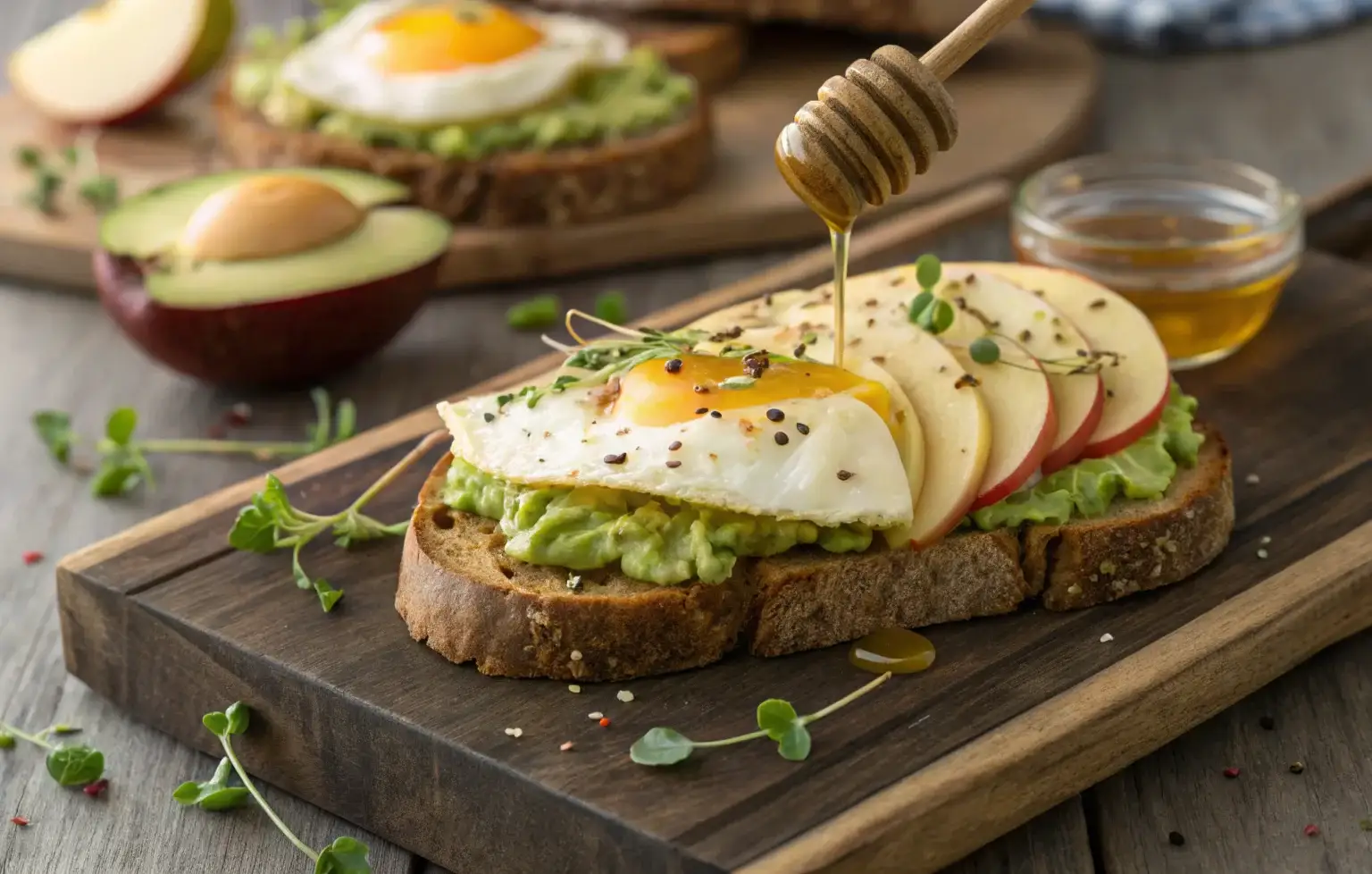
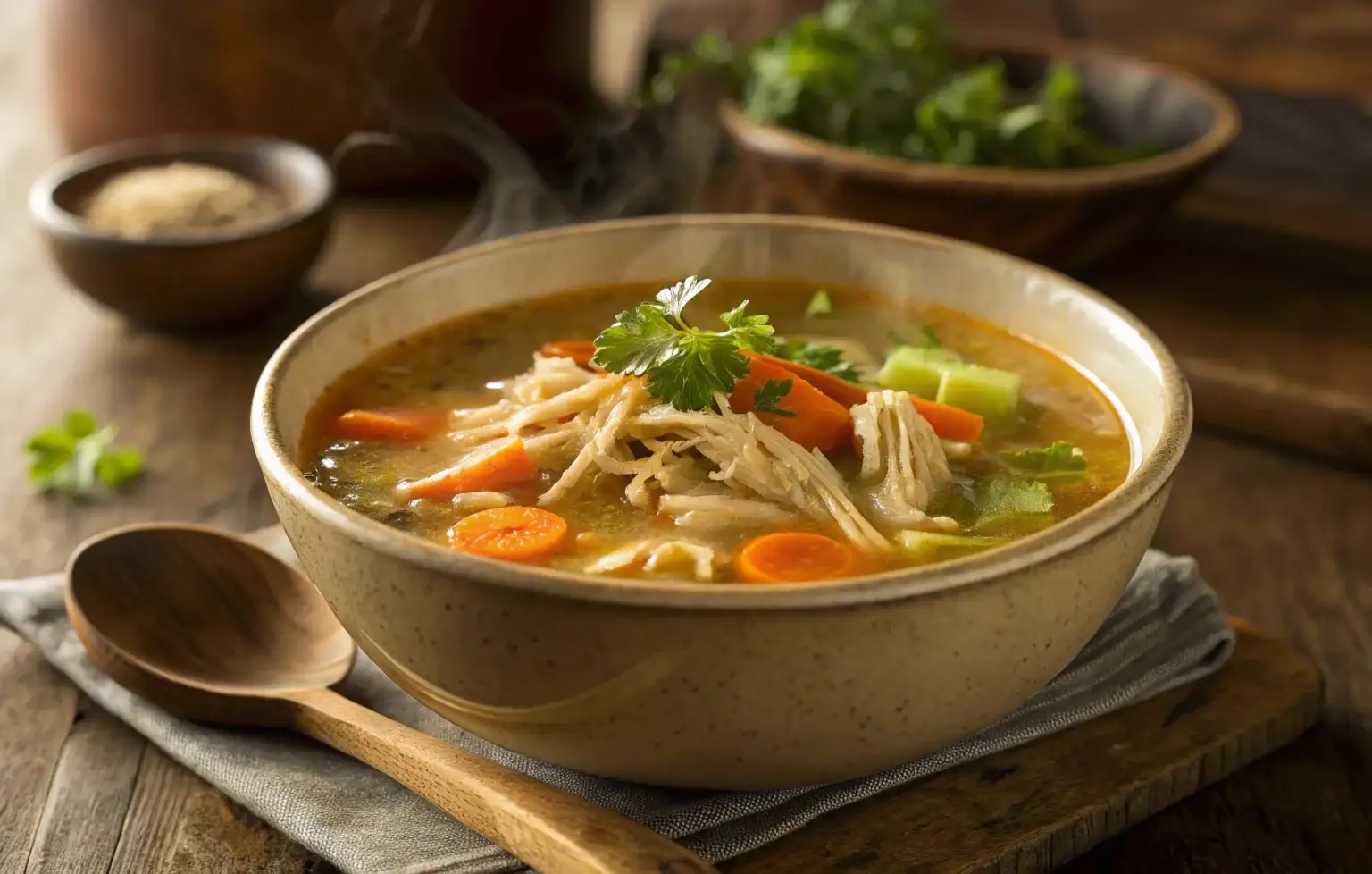

1 thought on “The Ultimate Guide to a Perfect Gluten Free Biscuit Recipe”